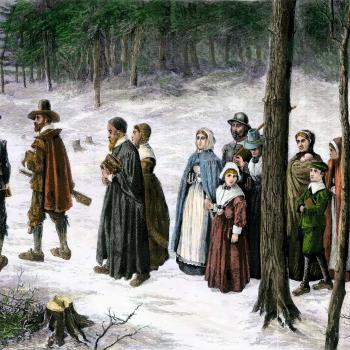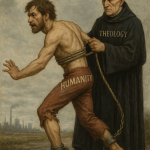I’ve read a lot of articles online about Frozen. I’ve read arguments that Disney was sexist in its adaption of Hans Christian Anderson’s The Snow Queen, because it cut out most of the female characters and added romance to the plot. I’ve read lists of all the things that make Frozen a progressive movie—from everyone’s reaction to Anna’s engagement to the unquestioning acceptance that a queen can rule a kingdom in her own right.
 But what I keep coming back to, again and again, is Let It Go. As one article put it, “‘Let It Go’ has become an anthem for anyone who has ever felt dissed, disenfranchised, or devalued.” I cannot count the number of times I have listened to this song, or watched it on youtube. Or the number of times I have cried over it. In fact, that song is now my personal anthem. For me, it is Elsa the heart and soul of Frozen. Anna, Kristof, Olaf, Hans, and all the rest? Those are just side features. For me, Frozen is about Elsa—and Elsa is me. Elsa’s story arch is is the most compelling part of the film, with Let It Go at its center.
But what I keep coming back to, again and again, is Let It Go. As one article put it, “‘Let It Go’ has become an anthem for anyone who has ever felt dissed, disenfranchised, or devalued.” I cannot count the number of times I have listened to this song, or watched it on youtube. Or the number of times I have cried over it. In fact, that song is now my personal anthem. For me, it is Elsa the heart and soul of Frozen. Anna, Kristof, Olaf, Hans, and all the rest? Those are just side features. For me, Frozen is about Elsa—and Elsa is me. Elsa’s story arch is is the most compelling part of the film, with Let It Go at its center.
Without Let It Go, Frozen would have quite literally been a completely different movie. Did you know that Elsa was originally slated to be the villain of the film? Apparently that all changed with Let It Go. This from IMDB:
Originally, Queen Elsa was intended to be the villain of the story. However, when the character’s major song, “Let it Go,” was played for the producers, they concluded that the song was not only very appealing, but its themes of personal empowerment and self-acceptance were too positive for a villain to express. Thus, the story was rewritten to have Elsa as an isolated innocent who is alarmed upon learning that her powers are inadvertently causing harm and struggles to control her powers with Anna’s help.
Frozen wouldn’t have stood out if Elsa had been the villain. It would have been conventional. By changing the storyline, Frozen was able to touch on themes that are so rarely examined in movies such as this. I once heard someone describe Frozen as a girl trying to help her sister deal with panic attacks that resulted from childhood trauma, and that’s it exactly. Frozen deals with themes of abuse, isolation, emotional trauma, and empowerment. Tangled touched on some of these themes, but Frozen takes them to the next level. Frozen shows what childhood trauma can do to you—“there’s so much fear”—but also offers hope that such trauma can be overcome.
Frozen is meant to fit in Disney’s line of princess stories. Their original intent was for Anna to be the princess, the star of this princess story, working to foil the villain (Elsa) and save her kingdom. I feel a bit bad for Anna to be honest, because, in my view at least, she is now completely overshadowed by Elsa. It may be that this was intended to be a movie about Princess Anna, but for me it will always, at its core, be a movie about Queen Elsa—her escape, her pain, and her ultimate transformation.
I grew up in a conservative evangelical homeschool family where such repressive patriarchal leaders as Michael Pearl and Doug Phillips were held up as models. I was taught to repress my sexuality, to hold to a narrow set of beliefs or face estrangement form family, and to fit in a tight gender box that didn’t allow for female independence. The world was dangerous and evil, our home and church were where we were safe and cared for. From this background, Tangled and Frozen both read like they were written for me, and about my story and my emotional journey. This is true, I would imagine, for individuals from a range of abusive or repressive backgrounds.
These movies, especially Frozen, address themes of abuse and repression in an extremely compelling and empowering way. I’m glad Disney has taken this direction, and I hope the emotive power of these movies will speak to people from a variety of background for decades to come. Brava.
And now I’m off to write Let It Go yet another time.














